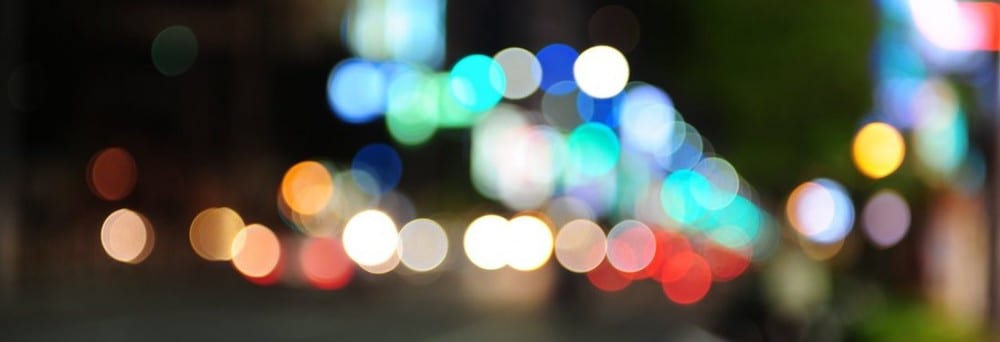In order to develop content to store within the QR codes we started considering ways in which we will perform the codes. Firstly, we decided to use t-shirts with a printed code on each, exploring and questioning retail through an audio script and a video of the high street and the people that visit the space. However, being a member of a bigger group the impact and connection to the site and the audience was not as strong by dividing the content on t-shirts. Therefore we began considering a wider format to present our performance on whilst considering how the audience will access our piece. We took inspiration from Claire Blundell-Jones’ 2011 gallery installation described by her as, five weeks, 150 sheets of paper with the sentence ‘Crow didn’t know…’ 150 people finished these sentences which I then illustrated.” (Blundell-Jones, 2011) This use of a durational performance involving the audience and taking the stimulus of paper we began considering creating an art installation in which our process of creating the art will be the performative aspect of our piece.
We referred once again to Lavery’s 25 instructions for performance in cities, this time developing upon his twenty first instruction of wallpapering a car park. In order to reverse the negatives perceptions we have of a concrete, decrepit car park, the wallpaper covers that initial view of the building and gives it an alternative meaning, wrapped up like a gift for the visitors using it. Therefore we developed an idea reflecting this.
We aim to take an abandoned shop in the centre of the market square in Lincoln’s high street and cover it in paper. Each piece of paper would have a QR code on it that would hold the key to information that we feel is relevant in furthering our understanding of the high street space and which continues to question retail in both a personal and political way. For example a number of the QR codes will depict the process of us creating the installation in order to contrast with and question how, within the retail industry, the process the products on the shelves have gone through to arrive in our shops is often hidden from view. Other QR codes will direct the reader to research found during our process exploring the ethical, controversial process in which some products are made for example in sweat shops in lower economically developed countries. Taking care we are not bias towards or against a certain view of the high street we want to provide the audience member with a deeper view of the high street around them in order to take them out of their day to day, surface level interaction with the space. On a wider scale we are also transforming the physical buildings within our space by covering a retail building (that is privately owned) with codes that are normally associated with advertising, yet we will be rejecting this common perception as we will not be using them for advertising purposes. Also by performing in a space that is extremely public we will invite people to follow our performance by scanning the codes during the live process rejecting the spaces’ usual activity of strangers passing one another daily without interaction.
Blundell-Jones, C (2011) The crow that didn’t know, installation. Claire Blundell Jones. [online] available from: http://www.claireblundelljones.co.uk/archipelago.html [accessed on 10th March 2015]
Lavery, C (2005) Teaching Performance Studies: 25 instructions for performance in cities. Studies in Theatre and Performance. 25 (3) 229-236
